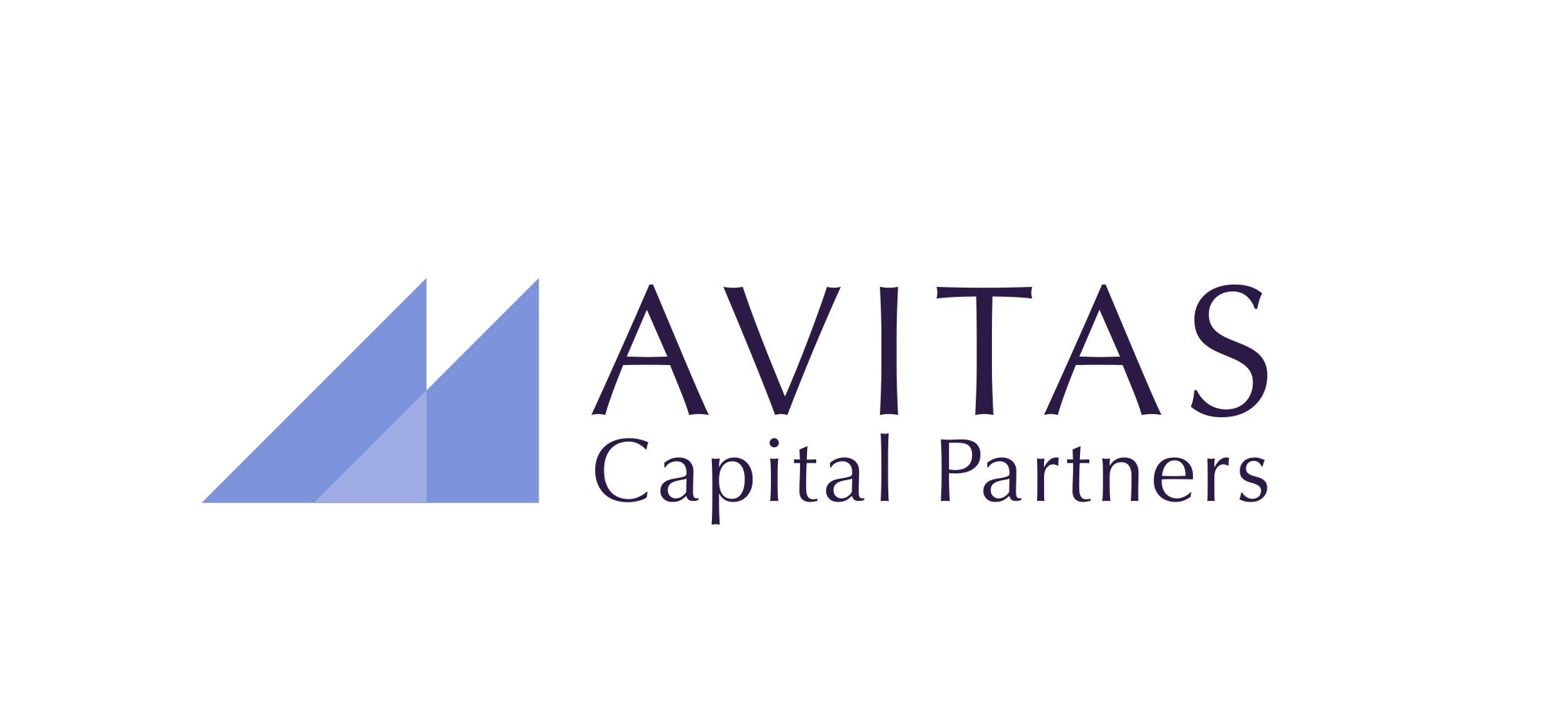According to CNBC, last week Elon Musk told SpaceX employees the company isn’t likely to take its Starlink satellite internet business public until 2025 or later, extending the estimated timeline for an initial public offering yet again.
“I’m not sure exactly when that [IPO] is, but maybe it will be like – I don’t know, just guessing – three or four years from now,” Musk said at an all-hands meeting of the private company’s employees on Thursday, according to an audio recording obtained by CNBC. Musk emphasized, as he has previously, that the Starlink business needs to be “in a smooth sailing situation” with “good predictability.” At that point, “I think spinning it off as a public company can make a lot of sense,” Musk said.
The latest timeline for a Starlink IPO represents another delay and comes despite repeated questions from a variety of investors over the years to own a piece of SpaceX – a stock which remains privately traded. Musk previously targeted an offering as soon as this year, according to an email to SpaceX employees obtained by CNBC. The email, sent by Musk in May 2019, said “it will probably make sense to take Starlink public in about three years or so.” The SpaceX CEO then pushed back that estimate, saying in a tweet last year that it would be “at least a few years before Starlink revenue is reasonably predictable,” adding that “going public sooner than that would be very painful.” SpaceX did not immediately respond to CNBC’s request for comment on Musk’s remarks.
SpaceX’s Starlink network is designed to deliver high-speed internet anywhere on the globe through thousands of satellites in low Earth orbit. The company disclosed late last month that Starlink now has over 400,000 subscribers around the world. SpaceX has launched about 2,500 satellites to date to support the system. While SpaceX offers a variety of Starlink products and services, the base price of $110 per month and the company’s most recent subscriber numbers suggest annual service revenue of more than $500 million a year.
Musk warned employees during his comments on Thursday that they “should not think of things going public as, like, a sure path to riches.” “The public markets are fickle” and “really pistol whip you if you don’t meet expectations,” Musk said. Musk has had an often contentious relationship with the regulations of publicly traded companies. In 2018, he agreed to pay millions in settlement charges with the Securities and Exchange Commission in response to fraud charges around an aborted take-private plan of his electric vehicle company, Tesla. He’s also currently battling with Twitter over a proposal to take the social media company private. “Being public is definitely an invitation to pain,” he told SpaceX employees Thursday. “And the stock price is just distracting.”
SpaceX continues to raise billions in capital to develop both Starlink and its mammoth Starship rockets. The company’s valuation hit $127 billion during its latest funding round.
SpaceX, the leading space exploration company, continues to make progress on multiple fronts. In 2021, the company managed to reach new highs and achieve record milestones, eclipsing 2020’s myriad accomplishments. Moreover, 2022 may prove to be equally impressive for both SpaceX and its shareholders. SpaceX’s valuation reached $100 billion toward the end of 2021. The increase in valuation was based on the company’s progress in three primary divisions: Launch, Starlink, and Starship.
SpaceX’s Launch division completed 31 launches in 2021, five more than in 2020. In 2022, the company expects to average one launch per week, totaling 52 launches for the calendar year. This is a remarkable operational feat, particularly given the complexity of the task at hand. By using reusable rockets, SpaceX can reduce the cost of launch by 50-67% compared to competitors while simultaneously increasing the rate of launches. SpaceX was responsible for approximately 20% of all space launches in 2021, on par with China.
Starlink, the satellite-based data network, became operational in 2021. As of February 2022, it had over 250,000 terminals in use (customers), up from 100,000 in August 2021, and is now operational in 25 countries. With customers paying approximately $100 per month for broadband access, Starlink’s Annual Recurring Revenue (ARR) is estimated to have surpassed $300 million and growing. The company is likely to reach 1 million subscribers within the next 12 months, translating to more than $1 billion in ARR. Starlink is now one of the largest or greatest contributors to the company’s soaring valuation.
Lastly, progress in Starship allows for continued optimism that Elon Musk can deliver on the promise of SpaceX. The space-tech company is counting on Starship to deliver both payloads and humans through space to travel globally and beyond. Its earth-to-earth service is likely to provide the quickest way to travel from one point on earth to another. Imagine going from Los Angeles to London in under one hour. With Starship’s swift technological advances, this may become a reality. Moreover, it is reported that Elon Musk has said SpaceX is likely to send people to Mars by 2026.
About the Avitas Capital Ascent Fund
Target Fund Parameters
- Focus on disruptive services & products
- Late-stage private growth companies
- Companies 1-3 years from public offering or sale
- Emphasis on the innovation economy
- Diversified positions in public & private markets
- Co-investment opportunities
Target Sectors
- Technology
- Communications
- FinTech
- Alternative Energy
- Healthcare
- Consumer Discretionary
- Digital Media

Series A/D is now open to Qualified Purchasers*. Contact us to learn more.
This update or any portion hereof may not be reprinted or redistributed, in whole or in part, without the written consent of Avitas Capital Management LLC. This statement may contain information that is confidential or privileged. If you are not the intended recipient, please delete and/or destroy all copies in your possession, notify the sender that you have received this statement in error, and note that any review or dissemination of, or the taking of any action in reliance on, this statement is expressly prohibited.
*A “qualified purchaser” as defined by the SEC National Securities Markets Improvement Act of 1996 section 3(c)(7) to the Investment Company Act is an individual or a family-owned business that owns $5 million or more in investments. The term “investments” shouldn’t include a primary residence or any property used for business.
Notice the benchmark for a qualified purchaser is investments rather than net assets, which is a standard you may be used to seeing for investor accreditation.
The term “investments” is fairly broad here and includes stocks, bonds, futures contracts, cash and cash equivalents, commodity futures contract, real estate, financial contracts and other alternative assets held for investment purposes.
Other qualified purchaser categories include:
-
an individual or entity (for example, a fund manager) that invests at least $25 million in private capital, on its own account or behalf of other qualified purchasers;
-
a trust sponsored and managed by qualified purchasers; or
-
an entity owned entirely by qualified purchasers.
